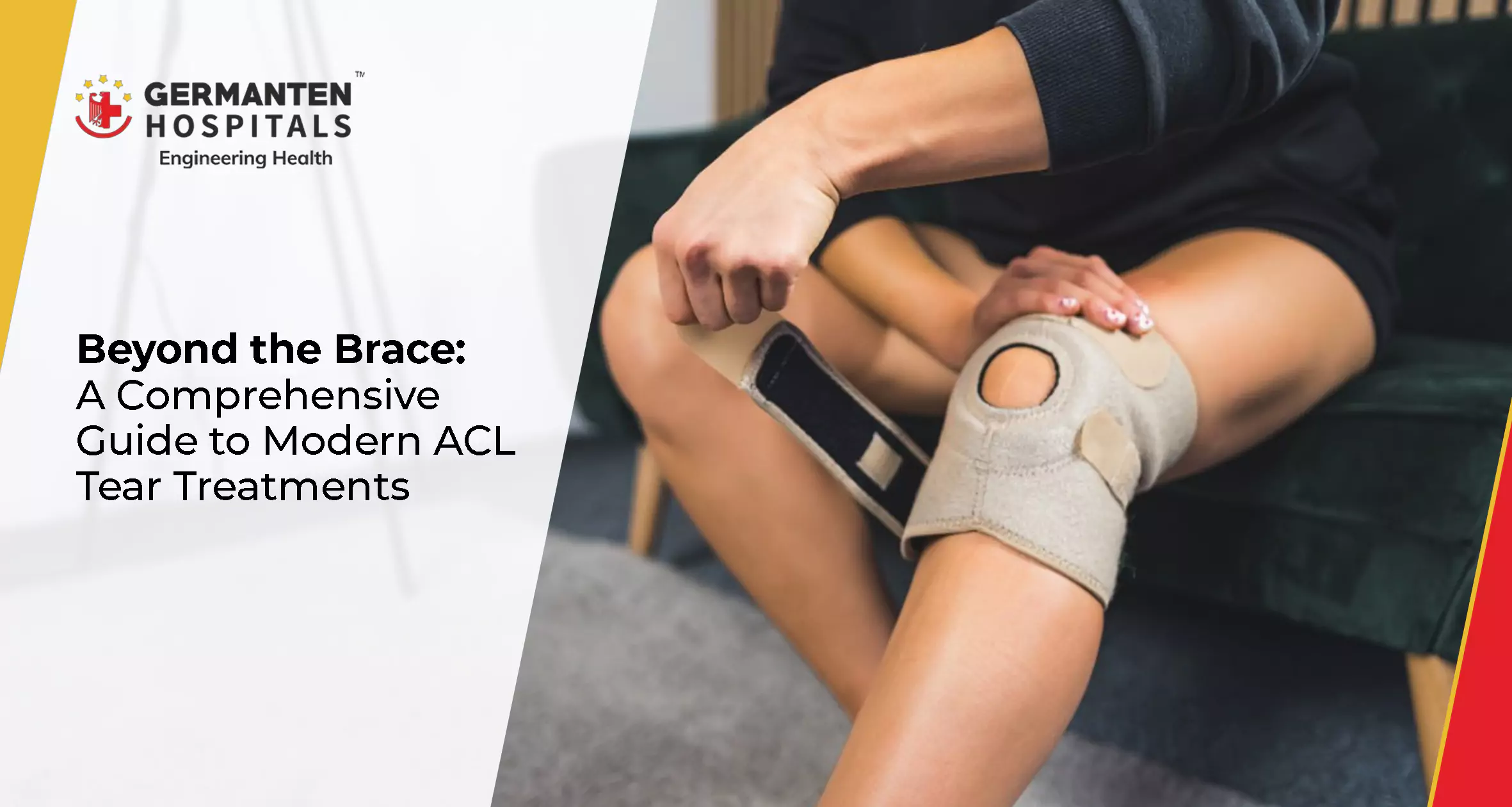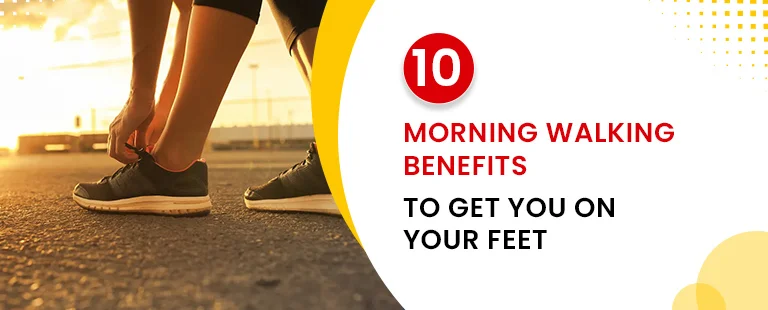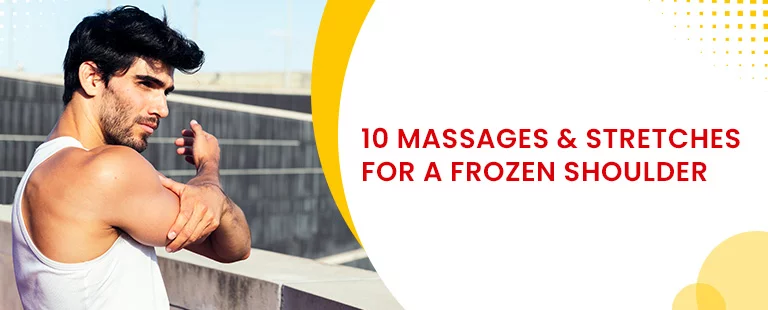For any active person, from the professional athlete to the weekend warrior, hearing a sudden "pop" in the knee followed by pain and instability is a moment of dread. An injury to the Anterior Cruciate Ligament (ACL), one of the key ligaments that stabilizes the knee joint, can feel like a major setback. In the past, treatment options were limited, and a return to high-level activity was uncertain.
Today, the landscape of ACL care has been revolutionized. At Germanten Hospital, we are at the forefront of these advancements, offering a complete spectrum of treatment options that go far beyond a simple brace. From sophisticated non-surgical management to groundbreaking surgical techniques that help the body heal itself, our goal is to create a personalized recovery plan that gets you back to the life and activities you love.
This guide will explore the modern approaches to treating ACL tears, helping you understand your options and make informed decisions about your care.
Understanding Your Injury: What is an ACL Tear?
The ACL is a crucial ligament that runs diagonally through the middle of your knee, connecting your thighbone (femur) to your shinbone (tibia). It plays a vital role in preventing the tibia from sliding out in front of the femur and provides rotational stability to the knee.
ACL tears are common sports injuries, often occurring during activities that involve sudden stops, changes in direction, or awkward landings—think basketball, football, or skiing. The injury can range from a mild sprain to a complete tear of the ligament. Symptoms often include:
- A loud "popping" sound or sensation at the time of injury.
- Severe pain and inability to continue activity
- Rapid swelling around the knee joint.
- A feeling of instability or "giving way" when trying to bear weight.
The Non-Surgical Path: When Is Surgery Not Necessary?
It's a common misconception that every ACL tear requires surgery. For many individuals, a conservative, non-surgical approach can be highly effective. This path is often recommended for:
- Older, less active individuals who do not engage in high-impact sports.
- Patients with partial tears and no significant instability symptoms.
- Those who are willing to modify their lifestyle to avoid high-risk activities.
A comprehensive non-surgical treatment plan focuses on reducing pain and swelling while strengthening the surrounding muscles to compensate for the injured ligament.
Key Components of Non-Surgical Treatment:
- The RICE Method: Immediately following the injury, the RICE protocol—Rest, Ice, Compression, and Elevation—is essential to manage pain and control swelling. Applying ice for 15-20 minutes several times a day can make a significant difference.
- Bracing and Crutches: Your doctor may recommend a knee brace to provide stability and protect the joint, along with crutches to keep weight off the knee for a period of time.
- Physical Therapy: This is the cornerstone of a successful non-surgical recovery. A skilled physical therapist will create a personalized program focused on restoring your knee's range of motion and building strength in the quadriceps, hamstrings, and gluteal muscles. Stronger muscles provide dynamic stability to the knee, making up for the lack of a fully functional ACL.
- Regenerative Medicine: For some partial tears, advanced biologic treatments like Platelet-Rich Plasma (PRP) Therapy can be used. PRP injections use a concentration of your own blood's healing factors to reduce inflammation and accelerate tissue repair, potentially helping the partially torn ligament to heal without surgery.
The Surgical Solution: Restoring Stability for an Active Life
For athletes, highly active individuals, or anyone experiencing significant knee instability that interferes with daily life, surgical reconstruction is typically the recommended course of action. The goal of surgery is to restore the knee's stability, allowing you to return to all levels of activity without the fear of your knee giving way.
Traditional ACL Reconstruction: The long-standing gold standard for surgical treatment is ACL reconstruction. This procedure involves removing the torn ligament and replacing it with a new tendon, called a graft. This graft can be an autograft, which is a tendon taken from another part of your own body (most commonly the patellar tendon, hamstring tendon, or quadriceps tendon), or an allograft, which is tissue from a deceased donor. While effective, this method requires harvesting tissue, which can lead to pain at the donor site.
A Deeper Look at the Research: The BEAR® Implant, a Paradigm Shift in ACL Healing
For over 30 years, ACL reconstruction was the only surgical option. Now, a revolutionary technology is changing the game: the Bridge-Enhanced ACL Restoration (BEAR®) Implant. Germanten Hospital is proud to be among the select centers offering this groundbreaking procedure, which is the first FDA-approved technology that enables the body to heal its own torn ACL.
Instead of replacing the ligament, the BEAR® Implant works by creating a bridge between the two torn ends of your natural ACL. Here’s how it works:
- 1. The surgeon inserts the implant—a sophisticated scaffold made of bovine collagen—into the gap between the torn ligament ends in a minimally invasive procedure.
- 2. A small amount of the patient's own blood is injected into the implant.
- 3. This combination of the implant and blood forms a clot that is rich in healing factors, creating a protected environment that allows the two ends of the ACL to grow back together.
- 4. As the ligament heals, the BEAR® Implant is naturally absorbed by the body over approximately eight weeks.
Clinical studies have shown that the BEAR® Implant restores the torn ACL to a quality and size similar to the non-injured ACL. The primary benefits include preserving the patient's own ligament and anatomy, avoiding the need for a graft harvest (which can mean less pain and faster muscle strength recovery), and maintaining the natural biomechanics of the knee.
The Importance of Rehabilitation
Regardless of the treatment path you choose, rehabilitation is the most critical component of a successful outcome.
- Prehabilitation ("Prehab"): If you are having surgery, engaging in physical therapy before the procedure can make a huge difference. The goals are to reduce swelling, regain full range of motion, and improve quadriceps strength. Patients who undergo prehab often have better outcomes and faster recoveries after surgery.
- Post-Treatment Physical Therapy: A structured, progressive physical therapy program is essential. It will focus on gradually restoring range of motion, rebuilding muscle strength and control, and eventually re-introducing sport-specific movements in a safe manner. Returning to sport too early is a major risk factor for re-injury, so it is crucial to follow the guidance of your surgeon and physical therapist.
At Germanten Hospital, our commitment to "German Precision" is not just a slogan; it's a philosophy embodied by our investment in world-class technologies like robotic surgery.
Frequently Asked Questions
No. For individuals who are less active or have only partial tears with minimal instability, a dedicated non-surgical program focusing on physical therapy can be very successful.
Recovery is a lengthy process. While every patient is different, a return to high-impact, pivoting sports typically takes between 9 to 12 months. This timeline is crucial to allow the graft or repaired ligament to fully heal and integrate, minimizing the risk of re-injury.
The BEAR® Implant is an excellent option for many patients, but not all. It is typically for those with a complete ACL tear where the ligament has not retracted too far. You must also be at least 14 years old and skeletally mature. A consultation with a surgeon trained in the technique is necessary to determine if it's right for you.
Success rates for modern ACL reconstruction are very high, with national averages ranging from 87-97%. Early results for the BEAR® Implant show comparable outcomes in terms of knee stability and function. The key to success is a well-performed procedure followed by a dedicated rehabilitation program.
While not all injuries are preventable, you can reduce your risk by participating in neuromuscular training programs. These programs focus on strengthening the muscles around the knee, improving balance, and teaching proper techniques for jumping, landing, and cutting.
An ACL injury doesn't have to mean the end of your active lifestyle. With the advanced treatment options available today, a full recovery is more achievable than ever. Contact Germanten Hospital to schedule a consultation with our sports medicine experts and take the first step on your comeback journey.



